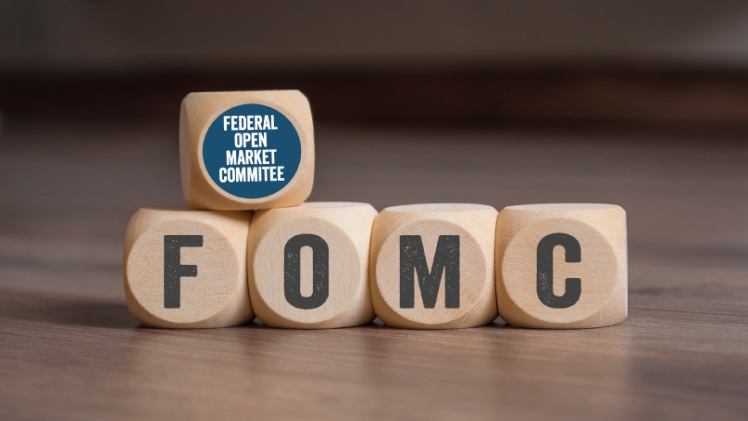The next FOMC meeting will take place in early November. The central bank will disclose its latest economic projections. The question is what direction the Fed will take and how big of a hike it will make. As of now, it has not raised rates, but there is some talk of a gradual increase in the future. If the economy is not yet showing signs of recession, a moderate hike could be the best option for the Fed.
Rate Hikes Will Decelerate
Despite the current sluggish economy, the Fed has no plans of stopping rate hikes anytime soon. The Fed has stated that they plan to increase the federal funds rate to 3.25 percent by 2022, which would be the highest since 2008. This would be the highest rate hike since the 1980s and the most in one year, compared to traditional quarter-point increases.
The Fed has a difficult task ahead of it. It needs to anchor its inflation expectations so that the economy remains sustainable. The central bank has emphasized its obligation to return inflation to target levels of two percent. The unemployment rate is low, but prices are rising at a fast rate, and prices are rising three times faster than the inflation target rate. It will be difficult for the Fed to raise interest rates if inflation is continuing to increase at this rapid pace. You must know about the when is the next fomc meeting.
The Fed is widely expected to raise interest rates again next month. But the September reading of inflation was uncomfortably high and raises the risk of a delayed slowdown. Despite the recent inflation reading, the Fed still intends to raise rates by another 0.75 percent.
FOMC Meeting Schedule
Inflation is a phenomenon that drives the prices of goods and services higher. As costs rise, businesses pass on the increased costs to consumers. This is called cost push inflation and is often transitory. However, it is a dangerous situation for the economy. If it persists for too long, consumers will be hit with higher prices.
However, a significant part of the economy’s outlook depends on the outlook for economic growth. Although the inflation rate is above its long-term average, the economy still faces the risks of slowing growth and higher unemployment. Despite the recent downturn, markets continue to feel the pinch of tightening monetary policy. However, long-term investors should not let short-term fluctuations sabotage their long-term plans.
Impact On Financial Markets
The next FOMC meeting schedule will impact financial markets in two different ways. First, it will affect the federal funds rate. This is the interest rate at which the Federal Reserve lends money to depository institutions overnight. This rate has an impact on other short-term rates, foreign exchange rates, and the supply and demand for investment and employment. Second, the meeting schedule will impact interest rates on equities and bonds.
The next FOMC meeting will be held in November, and will provide further insight into the future path of interest rates. The minutes from last month’s meeting showed that a majority of Fed officials believe the economy is close to full employment and that wage increases are spreading. Based on the latest SEP, the Fed plans to raise the federal funds rate by another 0.75% this year. In the longer run, markets expect three quarter-point hikes this year.
As the Federal Reserve raises interest rates, the financial markets often take notice. The Fed releases an abundance of information to market participants, and traders study these releases closely. Traders also pay close attention to post-meeting press releases, which highlight the economy’s state and look ahead to future changes in policy.
Future Path Of Interest Rates
As the Federal Open Market Committee prepares to meet again in June, economists are expecting another half-point rate hike. The Federal Open Market Committee meets a number of times a year to discuss monetary policy and the economy. The central bank’s goal is to make sure the economy is strong enough to support sustained growth. With persistent inflation and low unemployment, the Fed has been aiming to increase interest rates aggressively.
Some Fed officials argue that this increase isn’t aggressive enough, and the current rate is not high enough to impede growth.

